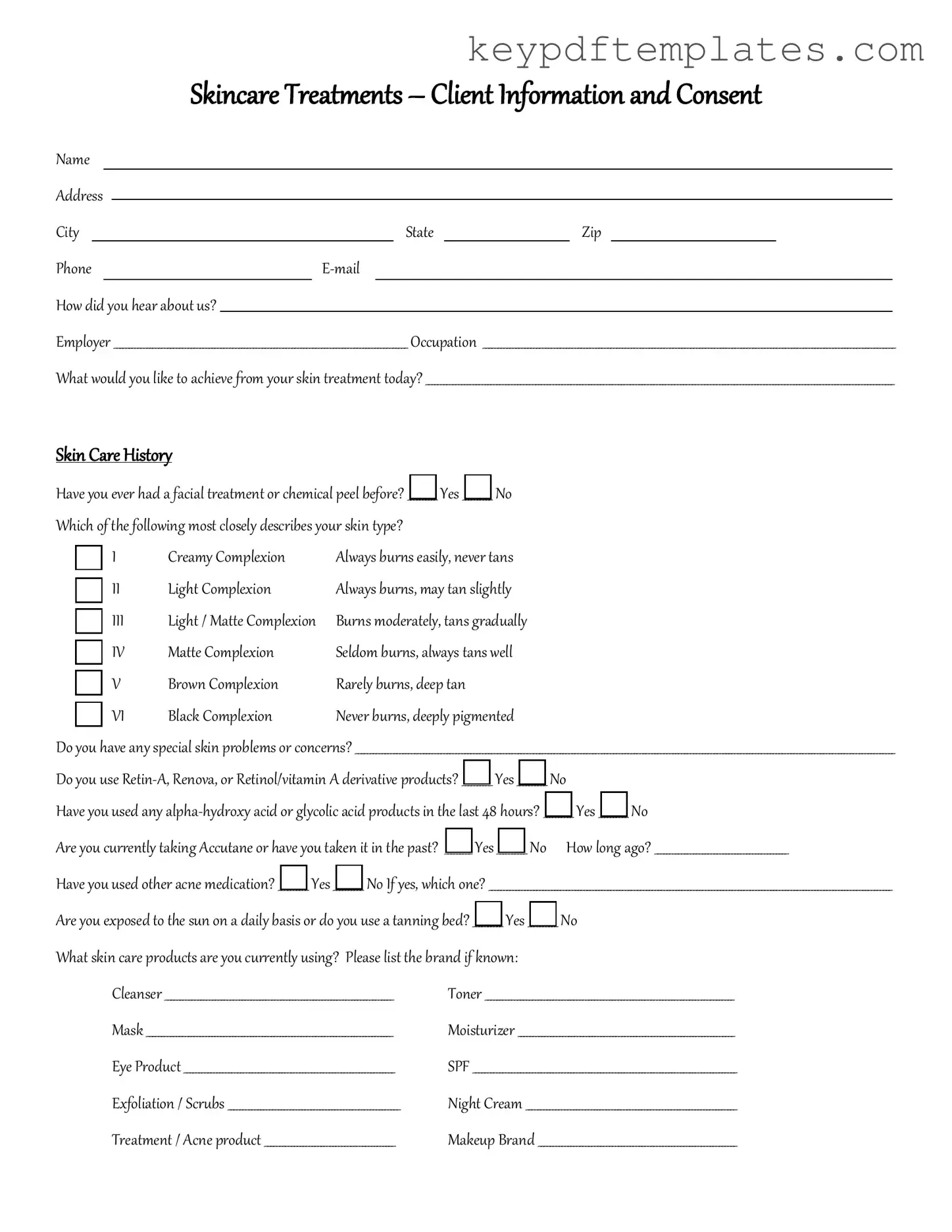Get Facial Consent Form
The Facial Consent form is a document that outlines the procedures and potential risks associated with facial treatments. It serves to inform clients about what to expect during the procedure and ensures their understanding and agreement. By signing this form, clients provide their consent to receive the treatment while acknowledging any possible outcomes.
Modify Document Online
